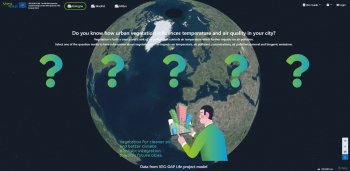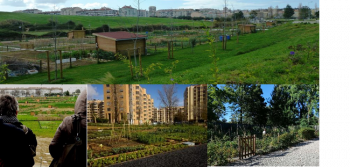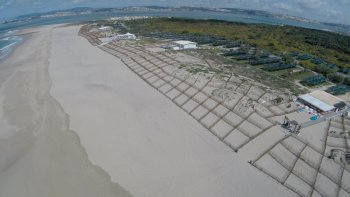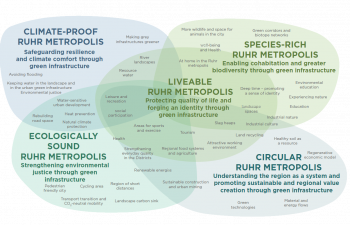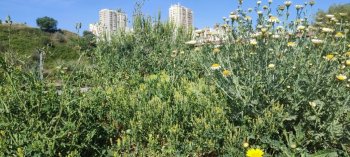A local, collaborative, natural capital-approach to enhance the value of nature in Manchester
Submitted by joachimmaes on 18 January 2019In Manchester, the EnRoute CityLab has been built on the three main ‘policy pillars’ relating to the environment in the city (Our Manchester: A vision for the Future; Manchester’s Great Outdoors: A Green and Blue Infrastructure Strategy for Manchester, and the Manchester Climate Change Strategy 2017-2050) and their core ethos of ‘biodiversity innovation and citizen action for nature’.
Manchester’s green infrastructure (GI) has been part of the city’s success for a number of years, but in 2015 the City Council recognised that, as the city continues to grow over the coming decades,...More



